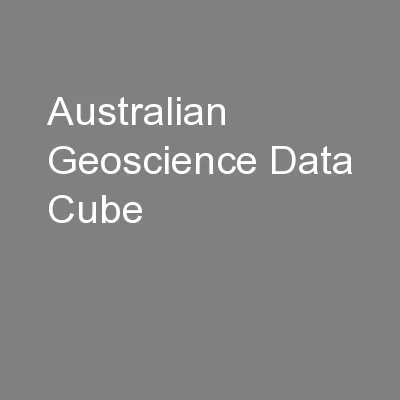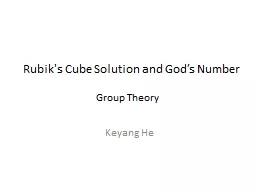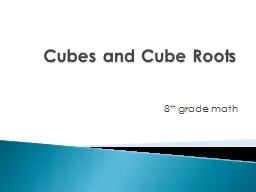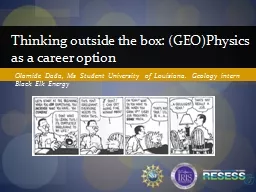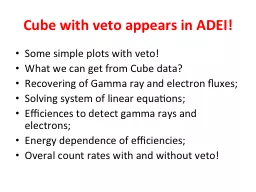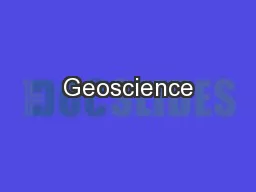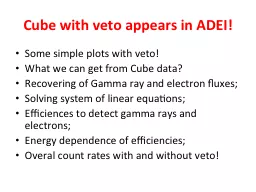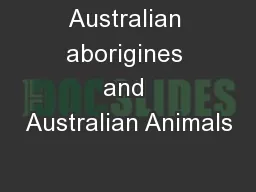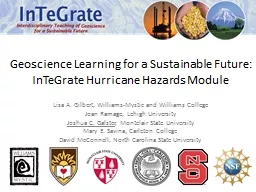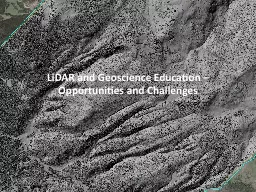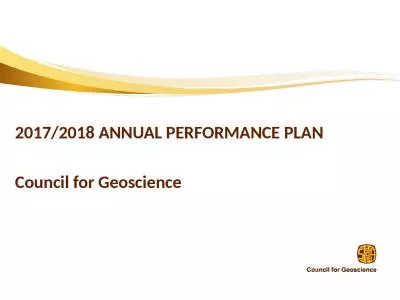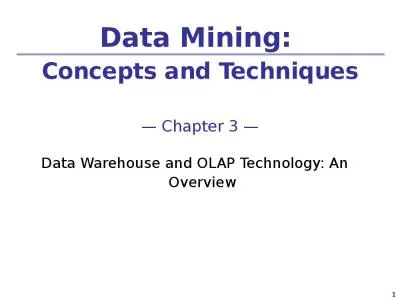PPT-Australian Geoscience Data Cube
Author : yoshiko-marsland | Published Date : 2016-09-06
A Collaboration between Geoscience Australia CSIRO and NCI CEOS WGISS 40 Simon Oliver Geoscience Australia Robert Woodcock CSIRO CEOS WGISS40 Overview Brief Review
Presentation Embed Code
Download Presentation
Download Presentation The PPT/PDF document "Australian Geoscience Data Cube" is the property of its rightful owner. Permission is granted to download and print the materials on this website for personal, non-commercial use only, and to display it on your personal computer provided you do not modify the materials and that you retain all copyright notices contained in the materials. By downloading content from our website, you accept the terms of this agreement.
Australian Geoscience Data Cube: Transcript
Download Rules Of Document
"Australian Geoscience Data Cube"The content belongs to its owner. You may download and print it for personal use, without modification, and keep all copyright notices. By downloading, you agree to these terms.
Related Documents

